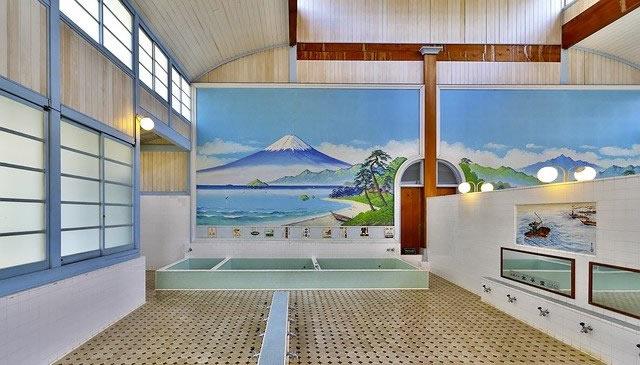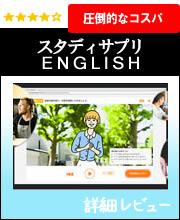先日から「Meet Japan’s first female bathhouse artist -「日本初の女性銭湯アーティスト」を読んでいます。

・「日本初の女性銭湯アーティスト」(1)
・「日本初の女性銭湯アーティスト」(2)
・「日本初の女性銭湯アーティスト」(3)
・「日本初の女性銭湯アーティスト」(4)
“In the past, about 130 people came here each day.
「以前は1日に130人くらいが来ていました。
Now, there are maybe 30,” said Taishoyu’s 79-year-old owner, Minoru Yamauchi, whose family has run the sento for three generations.
今は30人くらいかな」と話すのは、大正湯の店主、79歳の山内実さん、家族3代で銭湯を営んでいる。
“If sento disappear, you lose that connection between people and the community.”
「銭湯がなくなったら、人と地域のつながりがなくなってしまう。」
While Taishoyu hasn’t changed much since Yamauchi’s grandfather opened it in 1915, its layout is typical of many sento throughout Japan.
1915年に山内さんの祖父が開業して以来、大正湯はほとんど変わっていないが、そのレイアウトは日本各地の銭湯によく見られるものだ。
After paying 380-500 yen (£2.65-£3.50) to enter, guests leave their shoes at the door, push past a curtain and enter separate men’s and women’s changing areas.
380~500円の入場料を払い、靴を脱いでカーテンをくぐると、男女別の更衣室がある。
Unlike Japanese onsen, which are fed by volcanic hot springs and often set in a spa-like setting, sento are generally no-frills affairs.
火山性の温泉水が供給される温泉施設とは異なり、銭湯は一般的に簡素な場所だ。
Bathers wash off in a shower and sink into a steaming tub heated by gas
入浴客はまずシャワーで体を洗い流し、ガスで温めた湯に浸かる、
- or in rare instances, like at Taishoyu, a wood-burning stove
または、稀に大正湯のように薪で湧かす場合もある、
- before letting their cares melt away as they gaze up at scenes that are as soothing to the mind as hot water is to the body.
そしてお湯が身体を癒すように、心も癒される景色を眺めていると、心配事も吹き飛んでいく。
銭湯は身体を清潔にする場所であり、ヒーリングスポットでもあったという感じでしょうか。
偶然かもしれませんが、メンタルケアも兼ねていたなんて、昔の人の知恵はすごいですね。
やっぱり湯船に浸かるのは大事ですよね~、今シャワーしか使えないのでお湯が恋しいです。
理由は単純明快!「少ないコストでしっかり楽しく学べるから」。
私自身の経験(高機能でビックリ)をびっしり書いていますので、良かったら読んでみてください。
下のバナーからどうぞ!






